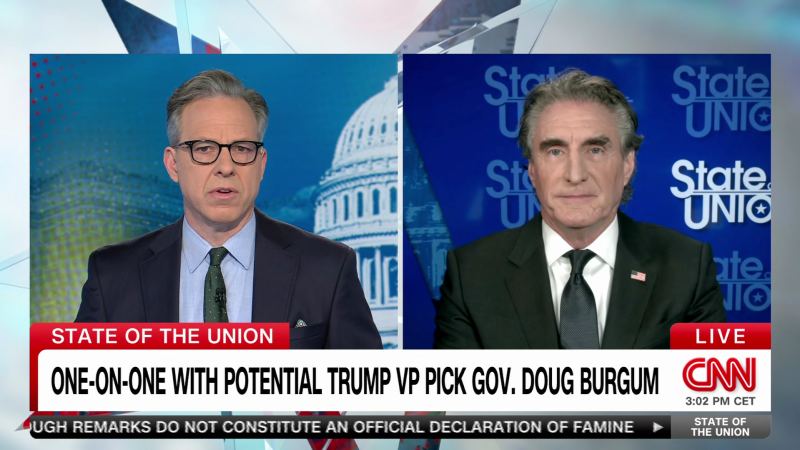Stocks slumped on Tuesday, as fears about the health of the financial sector after the collapse of First Republic Bank collided with broader anxiety stemming from signs of a weakening economy.
Some regional banks, which have been under pressure since Silicon Valley Bank and Signature Bank failed in March, took sizable hits on Tuesday, shattering the relative calm that prevailed after First Republic was seized and sold to JPMorgan Chase by regulators on Monday.
PacWest’s stock lost more than 20 percent of its value, its worst single-day drop since the height of the bank turmoil in March. Western Alliance sank nearly 20 percent, while Comerica and Zions bank both suffered double-digit percentage declines.
The moves came alongside data showing U.S. manufacturers received fewer new orders than expected in March and a continued cooling of the labor market that month, with job openings falling and layoffs rising. Oil prices fell sharply, too, as the prospects of an economic downturn would likely cut energy demand. The price of a barrel of Brent crude, the international benchmark, dropped to around $76, nearly its lowest level for the year.
The S&P 500 dropped 1.3 percent. Energy stocks fell by the most, with the sector as a whole down more than 4 percent, followed by financials, down about 2.5 percent.
“The bank problem is going to be ongoing,” said Andrew Brenner, the head of international fixed income at National Alliance Securities. “The idea that giving First Republic to JPMorgan would end this, I never believed it. There is a real fear of instability and an economic slowdown.”
Investors also expressed anxiety about the Federal Reserve’s meeting on Wednesday, when the central bank is expected to raise interest rates. The Fed has raised rates rapidly over the past year in an attempt to cool the economy and tame stubbornly high inflation. But higher rates have also been the root of the trouble at banks.
Some investors worry that pushing rates even higher could prompt another wave of turmoil, as consumers move bank deposits, which earn relatively little in interest, to alternatives like money market funds that offer higher returns. To retain customers, banks could offer higher interest on deposits, but that squeezes their profit margins.
“So far the Fed has seemed rather obtuse,” said Kristina Hooper, chief global market strategist at Invesco. “They are so laser focused on inflation, which is a rearview-mirror issue, rather than being focused on the damage they could cause by hiking rates further.”
Based on market prices, investors still expect the Fed to increase interest rates by a quarter-point on Wednesday. But that conviction has weakened somewhat, with bets tilting toward cuts to rates as soon as September, an outcome that’s only likely if inflation falls precipitously or the economy slides into a severe recession.
The two-year Treasury yield, which is sensitive to changes in interest rate expectations, fell almost a fifth of a point on Tuesday, to below 4 percent, a big move for an asset that usually moves by hundredths of a percentage point each day.
Elsewhere, a survey of bank lending conditions published Tuesday by the European Central Bank showed lenders in the eurozone pulling back from lending at a pace faster than that of any time since the 2011 European debt crisis. Worries about a credit crunch squeezing the economy are also becoming more prominent among policymakers in the United States.
Adding to the murky outlook, U.S. lawmakers have yet to agree on a deal to raise the ceiling on the amount of debt the government can take on, with administration officials warning that it could run out of money by June.






More News
City College, Against Its Nature, Asks Police to End Campus Protest
Candidates for Federal Office Can Raise Unlimited Funds for Ballot Measures
On Queens Soccer Fields, Immigrants Find Each Other and a Sense of Home